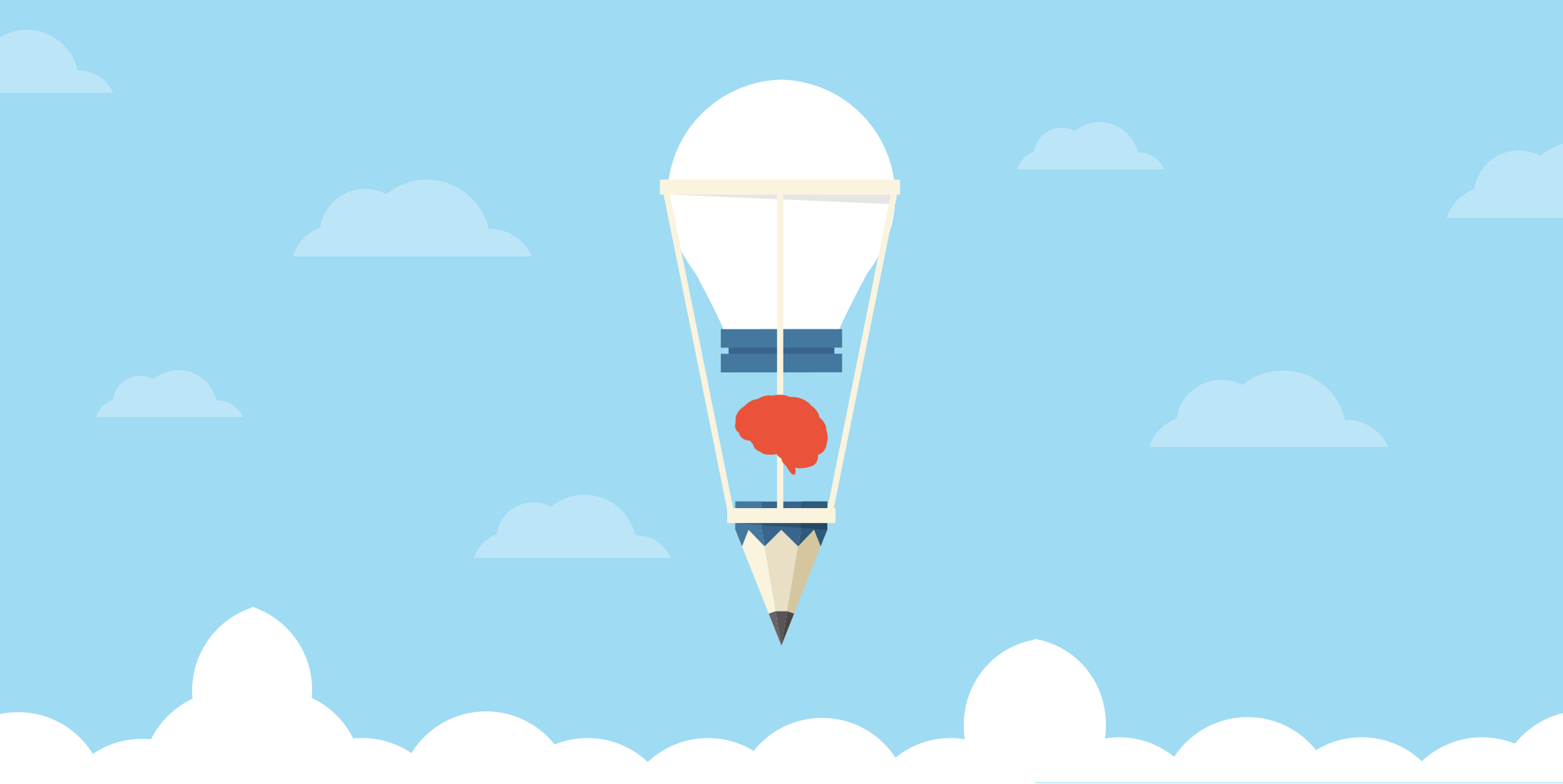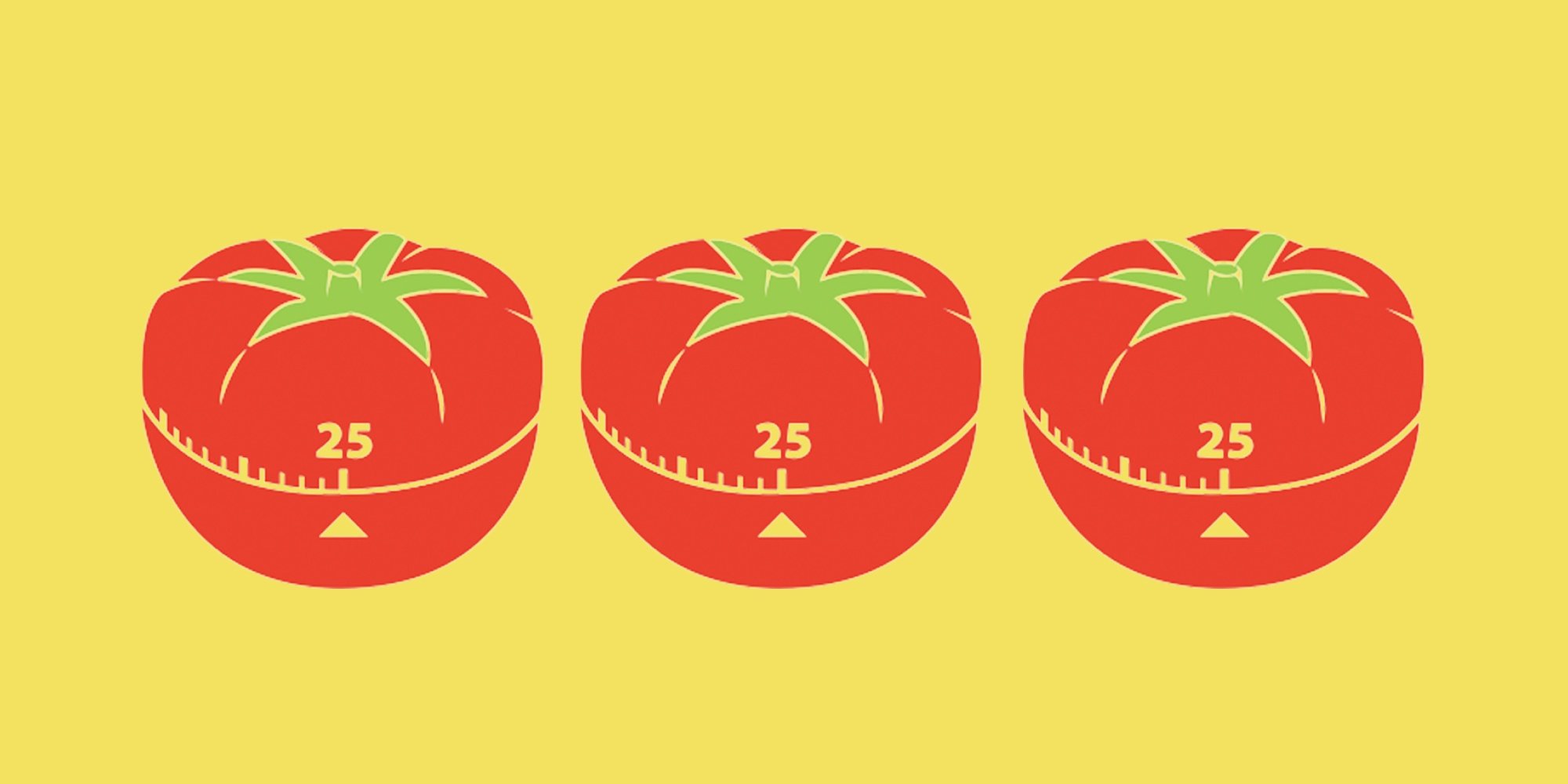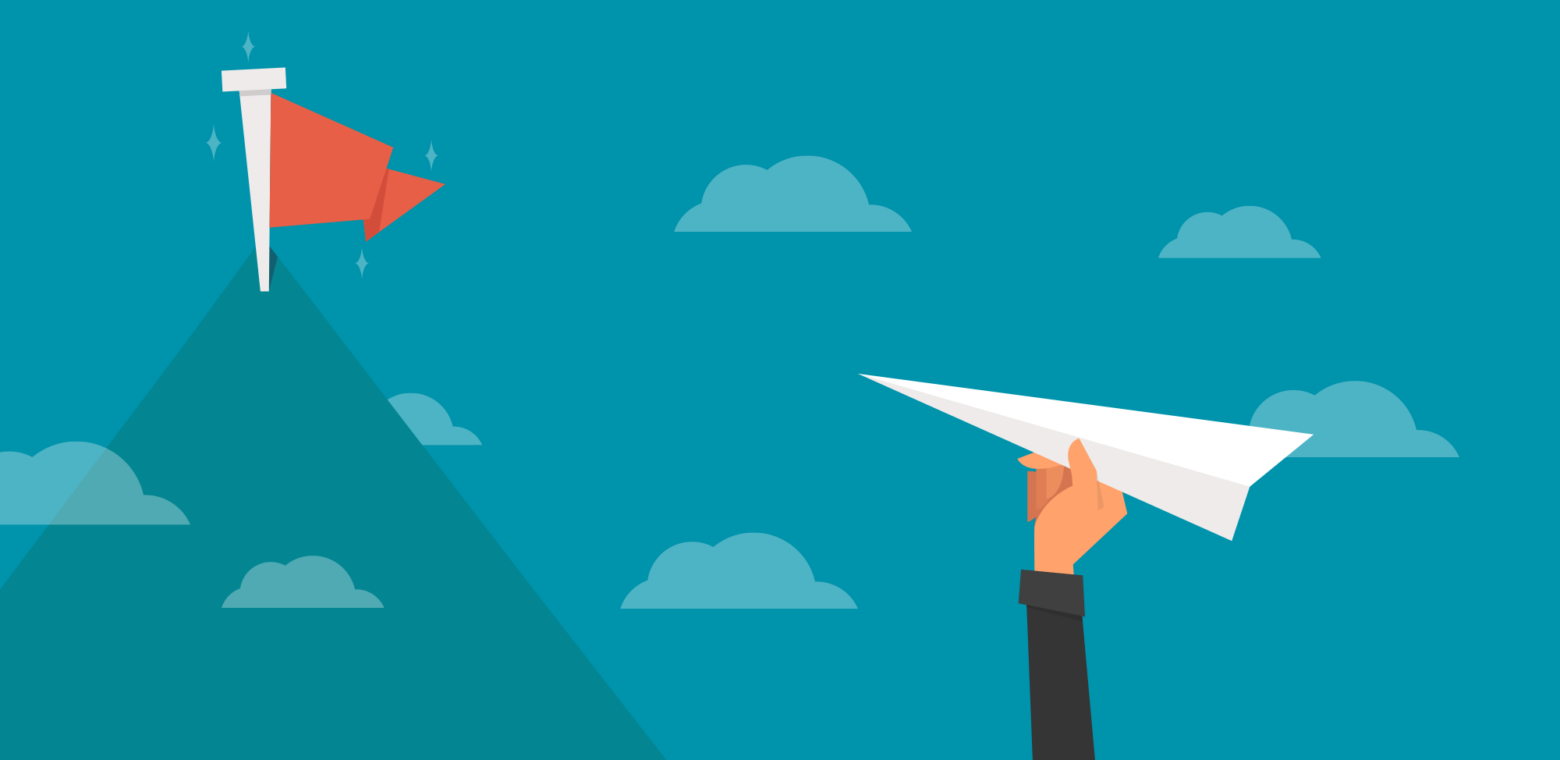Being busy is very often a waste of time. Slacking off can actually get better results. Just ask nature.
A sidewinder snake camouflaged against the desert sand lies idle, doing not a lot at all. But when a mouse passes within striking distance, the effectiveness of the snake’s strategy is clear.

He’s all about optimizing his efforts.
Meanwhile, this army ant death spiral is the perfect example of why busyness is bad. Nature’s busiest creatures can literally kill themselves from lack of a clear goal. The death spiral happens when the Queen is absent and each ant follows the scent of the ant in front in her absence. They’re using all their energy to go around in a circle and eventually, they’ll all die from busyness.
Busyness Is Natural
We humans are hardly any better. In our persistent folly we still wear our busyness as a badge of honor. We’re perversely proud of the free time we don’t have.
A study of 1,000 office UK workers conducted by business intelligence firm Xoomworks proves this, revealing a trend for ‘competitive busyness’. The study showed that 31% of office workers had sent emails outside of office hours to signal to others how busy they were. Fifty four percent admitted staying late just to impress superiors.
Busyness is a cultural phenomenon. The problem is, when busyness is rewarded, productivity suffers. Germans work on average 256 fewer hours per year than Britons, but remain the most productive country in Europe, according to the UK’s Office for National Statistics. And they are the third largest exporter in the world.
Why Slowing Down May Be Key To Productivity

Productivity techniques are great for harnessing productive energy and cutting out wasted effort. But sometimes you just can’t harness the concentration needed to be truly productive. Focus eludes you and you feel like you’re running in sand. There’s a reason for that: It’s called flow.
Flow state is defined as that elusive sense of being at one with the task at hand, or being ‘in the zone’. Author and entrepreneur Steven Kotler has explored and written broadly on the neuroscience of flow state, and he posits that optimal mental efficiency isn’t brought on by hyper-activity in the brain (aka ‘firing on all cylinders’), but rather by hypo-activity, where the parts of the brain that can distract us from being productive are slowed down.
Kotler explains that flow state occurs when our brain waves are slowed down from the fast-moving beta waves common in waking consciousness, to the slowed down borderline between alpha and theta waves that are associated with day-dreaming mode.
Combining these two states can actually enhance your creativity. Kotler explains, “Since creativity is always recombinatory—the product of novel information bumping into old thoughts to create something startlingly new—being able to slip between thoughts quickly and combine them wildly enhances creativity at a very fundamental level.”
So there you have it, daydreaming is good for you.
The Importance Of Slacking Off
Kotler recommends immersive non-work related tasks to boost productivity and kick start the flow state. Most employees seem to agree with him. According to research, 74% spend at least 30 minutes per day ‘slacking off’, and most believe the mental breaks actually make them more productive. Almost a quarter of those employees chose social media as their means of productive slacking off.
A separate study from the University of Melbourne bears this out, claiming that workers who engaged in recreational social media use for less than 20 minutes per day were 9% more productive.
So if you find that slacking off for a half hour gets your creative juices flowing again, you should strive to do it.
Tip: Allocate a five-minute slot in your Pomodoro system for reading Tweets from influencers in your industry.
Take-Home Techniques From Prince & Jerry Seinfeld
As with almost all questions in life, Prince, one of the most productive musicians of all time, had the answer before anyone asked. In 1985, on his song Raspberry Beret, Prince sang:
“Seems that I was busy doing something close to nothing / But different than the day before”
In just three bars and 16 words, Prince illuminated the drab futility of busyness better than any LinkedIn Influencer post that sponsored its way into your feed. And Prince was monumentally productive. But crucially, he was also effective. Thirty-nine studio albums, eight of which hit number one, five number one singles and 150 million units shifted are testament to that.
What can Prince teach us about busyness, productivity and effectiveness?
- Writing songs and playing every instrument? Busy
- Producing the album Purple Rain? Productive
- Selling 22 million copies of Purple Rain? Effective
Tip: Productivity is good, but If you’re looking for results, focus your energy on effective productivity.

5 Productivity Techniques To Try
So how do you make the transition from being busy to being effective, via being productive? Productivity techniques are designed to convert your effort into progress. But remember, if they don’t lead to effectiveness (or turn you into Prince), ditch them and try something else.
Productivity Technique 1: Pomodoro
The concept is simple. Split your work day into time boxes. Time yourself as you work, breaking your workflow into fixed time boxes. The traditional approach is to work for 25 minutes, with 5-minute breaks, followed by a longer break. Be disciplined with breaks.
Pomodoro is Italian for “tomato.” It’s named for the novelty kitchen timer used by Francesco Cirillo when developing his productivity system.

Productivity Technique 2: SMART To-Do Lists
Another simple one. Write a list of the actions you want to complete. The key to getting the best out of this approach is make your list items S.M.A.R.T.
They must be Specific, Measurable, Achievable, Realistic and Time-related. For example:
“Call Kelly, Alex and Martha before 10.30am,” is good.
“Speak to some prospects” is bad.
Productivity Technique 3: Getting Things Done
David Allen’s Getting Things Done should resonate with anyone who suffers from idea fatigue. It’s a customizable system designed to help you make good choices about how you spend time and to foster confidence in your decisions.
There are rules to follow though. For example, once you’ve listed the things that have your immediate attention, ask yourself if there is an action you can take. If not, trash it, delegate it or file it.
Productivity Technique 4: Don’t Break The Chain

Perfect for longer term goals. The system, purportedly used by Jerry Seinfeld, simply requires you to to pick a goal and set a date in the calendar by which that goal must be realized. Mark off the preceding days and use the chain of days as a motivator.
Many popular apps use the “chain” method to increase user participation. The chain is often called a “streak,” or a successive number of days in a row that a user logs into the app. The longer a user goes without breaking the streak, the more awards and badges they are given. Popular apps like Duolingo, Headspace, and even the New York Times Crossword app implement this method.
Productivity Technique 5: The Action Method
This is more of a system than a technique. Originally developed by Behance as a project management system, it requires that you assign an action to every interaction. So if you’re in a meeting, you need to leave with a list of actions. Not goals per se, but specific steps that you need to take.
Overall, there’s no perfect productivity method. Think of the above as frameworks in which to optimize your own output. Try a few, keep the elements that work and ditch the rest.
Next: The Complete Guide To Boosting Your Personal Productivity







































